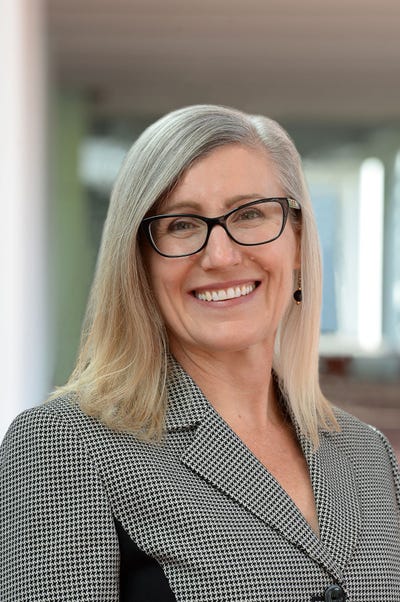SupplySide West podcast: Exploring the connection between organic & regenerative agriculture
Defining opportunities for brands to make an impact on the organic supply chain
While the idea of “organic” has been codified at the federal level in the United States since the early 1990s, the concept of organic agriculture in the U.S. dates back to the 1940s with the founder of the Rodale Institute. Today, consumers and brands are looking to get back to the original concepts that were based around a regenerative process. In the lead-in to SupplySide West, Heather Granato, vice president of content, spoke with Jeff Moyer, executive director of The Rodale Institute (rodaleinstitute.org), about organic and regenerative agriculture, and the ways brands can deliver truly healthy products to their consumers.
Key points of this podcast include:
• Understanding the connection between the concepts of organic and regenerative, and how they can incrementally benefit consumer health.
• How certifications and education can help consumers make proactive choices that will benefit their own health and the health of the planet.
• What steps brands can take to make powerful choices in their ingredient selection and go-to-market strategies to support farmers producing in organic and regenerative ways.
Links and Resources:
• Jeff Moyer will be speaking during The Regenerative Agriculture Forum at Expo East on Thursday, Sept. 13. The session, sponsored by General Mills, will explore questions, challenges and opportunities in regenerative ag.
• Esca Bona at SupplySide West is designed to engage and serve companies working to create a good food system that is regenerative, nourishing and accessible to all. Annie Brown of Rodale Institute will speak on Thursday, Nov. 8, at 1:30 p.m. in the Esca Bona Pavilion.
• Regenerative agriculture was the topic of a small group discussion at Expo West 2018. Short form videos showcase the discussion addressing topics such as how regenerative agriculture can be scale-able, the role brands play in supporting farmers, and how to build infrastructure to enable this shift.
About the Author
You May Also Like

